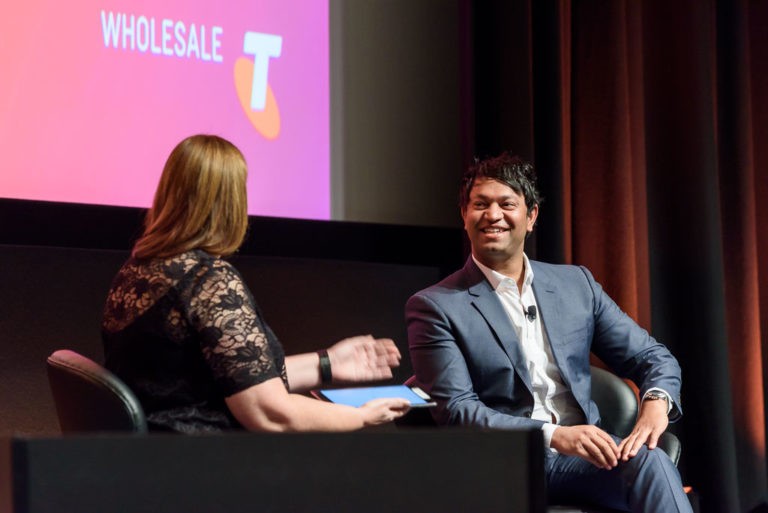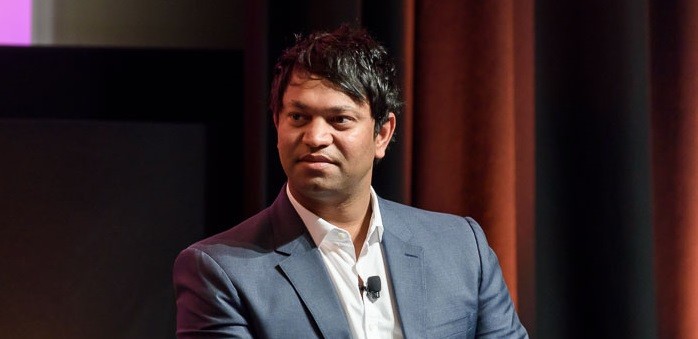The real-life Lion: Saroo Brierley on technology that connects lives

Innovation in network technology isn’t just an impressive feat of engineering – it has the potential to change people’s lives. In the case of Saroo Brierley, advancements in network speeds didn’t just mean flashy tech on a screen, but a way to reconnect with the past he thought had been lost forever.
At this year’s Telstra Wholesale Market Connections Forum event, Saroo Brierley discussed his amazing journey – which is depicted in his book, Long Way Home and the 2016 film, Lion – from being a lost child on the streets of India to his eventual adoption in Australia and quest to reconnect with his roots.
After accidentally boarding a train to Kolkata as a five-year-old, Saroo endured hunger and time detained in a child prison, before being sent to an orphanage. When he was brought to Tasmania by his adoptive parents, Saroo spoke no English and only a few words of Hindi, instead relying on visuals.
“I had a photographic memory,” Saroo told the audience of telco leaders. “And I think that sort of ended up being one of my saviours finding my way back home using Google Earth.”
Advances in telecommunications helped Saroo find his birth mother
While attending university in Canberra in 2006, Saroo made friends with students from India who helped him use new programs like Facebook and Google Earth to gather more information about his hometown.
“Initially when I was using Google Earth, everyone was just using it to look at the roof of their house. But in time, ADSL and broadband came in and the speed of the internet increased, hence the speed of searching got faster.” Saroo Brierley
Even though it had been established a year before, slow dial-up speeds in Australia meant that Saroo needed to exercise great patience when using the app, trying to decipher fuzzy, pixelated images for hours.
“The resolution wasn’t there and each time I clicked on the mouse it took ages to refresh, so I ended up doodling a lot,” he admits.
“Initially when I was using Google Earth, everyone was using it to look at the roof of their house - for me, I saw my (adoptive) mum watering the garden. But in time, ADSL and broadband came in and the speed of the internet increased, hence the speed of searching got faster.”
Searching online against impossible odds - at dial-up speeds
Though Saroo had a map of India hanging on his bedroom wall in Hobart, it was impossible to find his home using traditional resources. Saroo couldn’t recall any of the street names where he was born but had strong visual memories of his surroundings. He had often wished for an application in which he could apply these strong tactile memories – architecture, the way people dressed, the temperature at different times of day – to aid him in his search.
“Not knowing that Google Earth was embryonic at that point in time, I dreamed and thought and hoped there would be something like it, but in fact, something was in development already,” he says. “In 2006, what I’d been envisioning had become a reality.”

Google Earth has now been downloaded over a billion times since it was introduced.
Against impossible odds, Saroo did eventually find his home via the app and has since travelled back multiple times to see his mother and sister. Far from just being a novelty program that allows you to see the roof of your home, this program was an essential and practical tool that allowed Saroo Brierley to discover his heritage. The combination of his tenacity and the development of easy-to-use technology made the previously impossible, possible.
“It was a personal goal for me and achieving it is a massive weight off my shoulders,” he says.